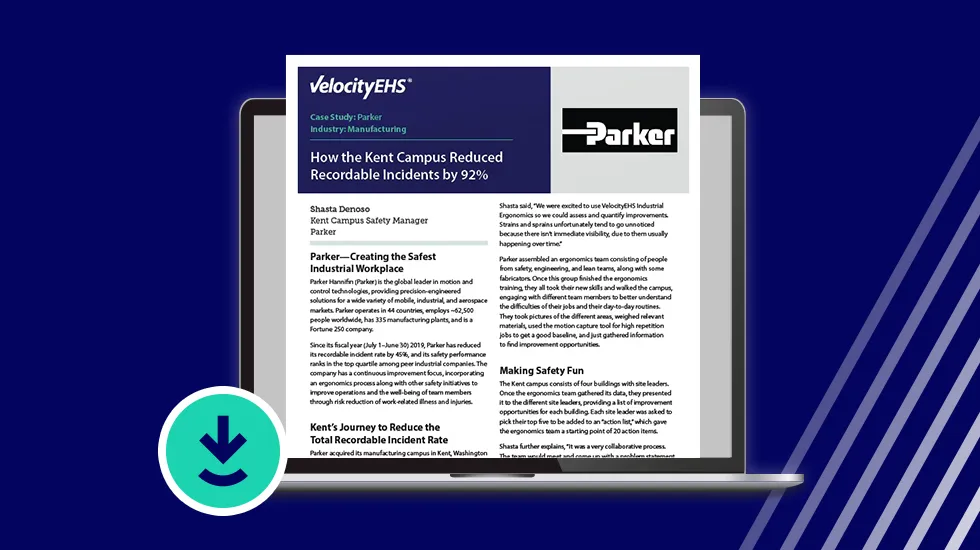Featured Post

New Case Study—Parker, Kent Campus: How They Reduced Recordable Incidents by 92% Using Ergonomics
Parker Kent campus shares how they made safety fun while improving employee engagement and proactively reducing workplace risks.
Read More